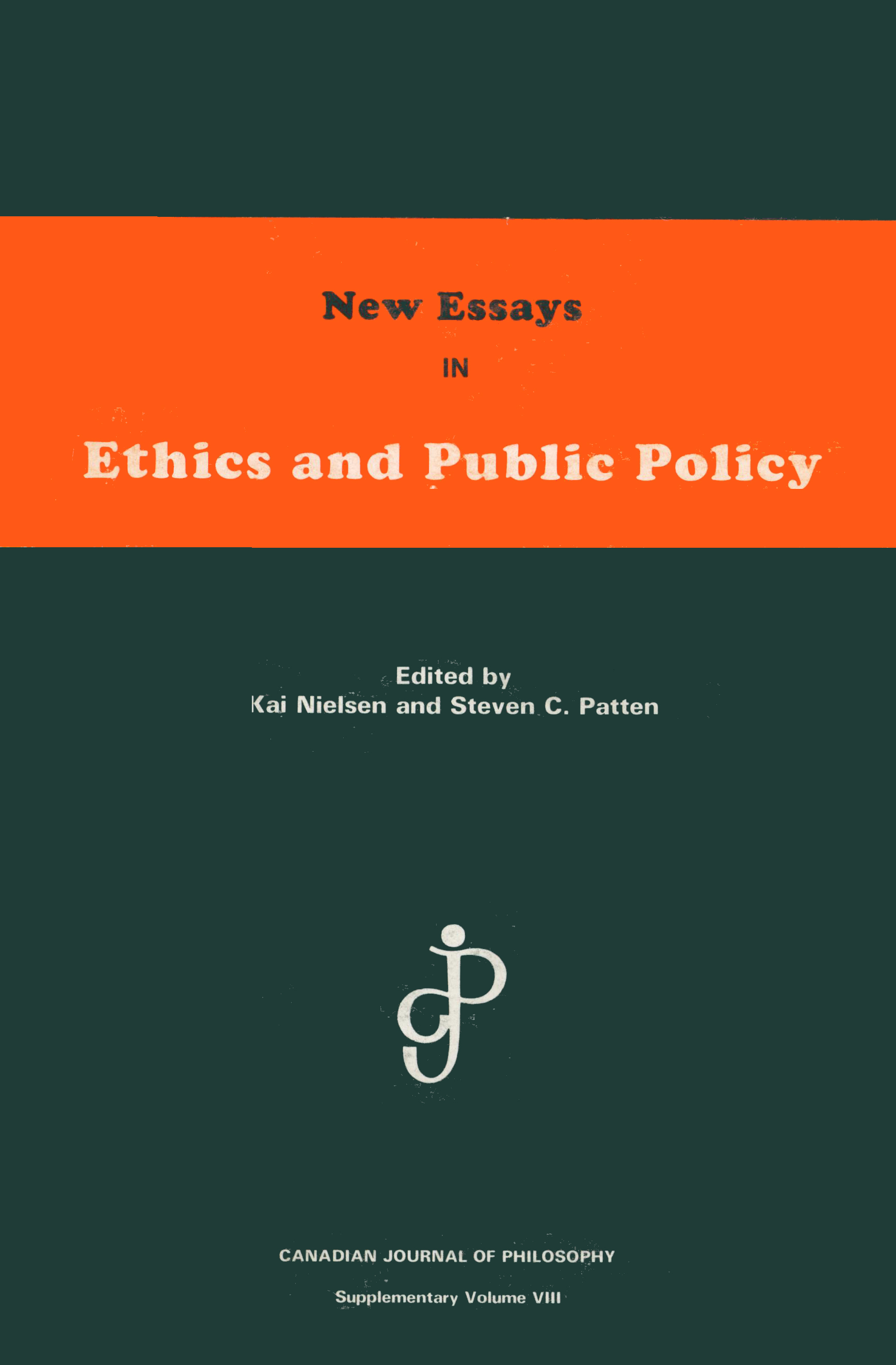Article contents
Ascetic Intellectual Opportunities: Reply to Alison Wylie
Published online by Cambridge University Press: 01 January 2020
Abstract

- Type
- II—Critiques: Science, Ethics and Method
- Information
- Copyright
- Copyright © The Authors 1987
References
1 Whatever that is; for discussion see Chapter 2 of The Science Question in Feminism (Ithaca, NY: Cornell University Press 1986), ‘The Method Question’; Hypatia: A Journal of Feminist Philosophy, forthcoming special issue on feminism and science; and my edited collection Feminism and Methodology: Social Science Issues (Bloomington, IN: Indiana University Press 1987).
2 Rudolf, Carnap ‘Autobiographical Statement,’ in Schilpp, P. A. ed., The Philosophy of Rudolf Carnap (La Salle, IL: Open Court 1963), 83Google Scholar
3 See, e.g., 162.
4 Chapter 6 discusses these standpoint epistemologies.
5 Two comments: first, in the U.S., though not in France, notions of feminine specificity and essentialism are almost inextricably linked; second, this charge of essentialism is certainly not uniquely made by postmodernist critics, but it is also part of their complaint against feminist theory.
6 Nancy Fraser and Linda Nicholson make this point in ‘Social Criticism Without Philosophy: An Encounter Between Feminism and Postmodemism,’ presented at the Eastern A.P.A., Boston, December, 1986.
7 Kuhn, Thomas S. prepares for this move in The Structure of Scientific Revolutions (Chicago: University of Chicago Press 1970).Google Scholar See also David, BloorKnowledge and Social Imagery (London: Routledge & Kegan Paul 1977).Google Scholar
8 See Hilary, Rose ‘Hyper-reflexivity: A New Danger for the Countermovements,’ in Countermovements in the Sciences: Sociology of Science Yearbook, Helga, Nowotny and Hilary, Rose eds. (Dordrecht: Reidel 1979),Google Scholar and Hilary, Rose and Steven, Rose ‘Radical Science and Its Enemies,’ in Socialist Register, Ralph, Miliband and John, Saville eds. (Atlantic Highlands, NJ: Humanities Press 1979).Google Scholar
- 3
- Cited by


